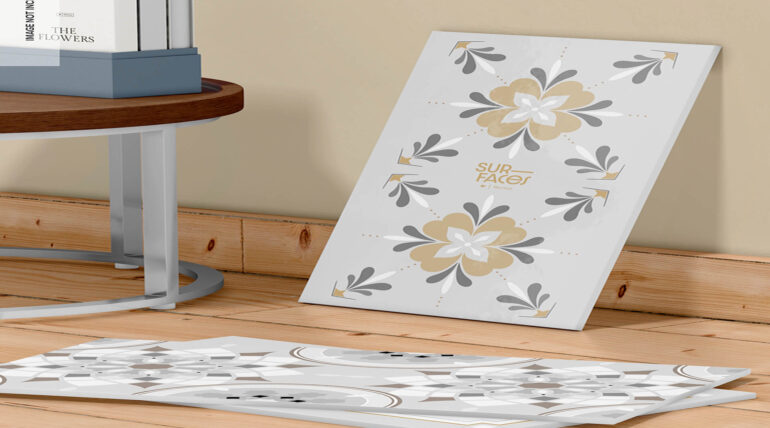
Safeguarding Your Floors: Tips for Moving Without Damage
Moving into a new home is an exciting time, but it can also be stressful, especially when it comes to protecting your floors from damage. Heavy furniture, sharp corners, and constant foot traffic can all take a toll on your flooring. To ensure your floors remain in pristine condition during the move, follow these essential tips for safeguarding your floors.
1. Prepare with Protective Coverings
Use Floor Mats and Runners Place floor mats and runners at entry points and high-traffic areas to provide a buffer against dirt, moisture, and heavy foot traffic. Non-slip mats are ideal for preventing slips and falls while protecting your floors.
Cardboard and Plywood Sheets Lay down sheets of cardboard or plywood in areas where heavy furniture or appliances will be moved. These materials help distribute weight more evenly and prevent scratches and dents from sharp edges.
Plastic Film for Carpets For carpeted areas, use adhesive plastic film to create a protective layer that shields against dirt and moisture. This is particularly useful for high-traffic zones and hallways.
2. Utilize Furniture Sliders and Moving Blankets
Furniture Sliders Furniture sliders are small, durable discs that can be placed under furniture legs, making it easier to slide heavy items across the floor without scratching it. They are especially useful for hardwood, tile, and laminate floors.
Moving Blankets Wrap furniture in moving blankets to prevent hard edges from coming into direct contact with the floor. This is crucial for protecting both the furniture and the flooring surface.
3. Employ Proper Lifting Techniques
Team Lifting Always lift heavy items with a team rather than dragging them across the floor. Dragging can cause significant damage, especially on delicate surfaces like hardwood or tile.
Use Dollies and Hand Trucks For large, heavy items such as refrigerators and sofas, use dollies or hand trucks. Ensure the wheels are clean and in good condition to avoid marking or damaging the floor.
4. Protect High-Traffic Areas
Temporary Flooring Solutions Consider laying down temporary flooring materials like interlocking foam mats or hardboard in high-traffic areas. These provide an extra layer of protection and can be easily removed after the move.
Area Rugs and Old Blankets If temporary flooring isn’t an option, place area rugs or old blankets in high-traffic zones to minimize wear and tear. This also helps in reducing dirt and debris being tracked into your home.
5. Clean and Prepare Your Floors
Thorough Cleaning Before moving, clean your floors thoroughly to remove any debris that could cause scratches or other damage during the move. A clean surface is less likely to get damaged.
Document Existing Damage Inspect your floors for any pre-existing damage and document it. This will help you distinguish between old and new damage, making it easier to address any issues that arise during the move.
6. Consider Weather Conditions
Rain and Snow Precautions If you’re moving during wet weather, protect your floors against moisture by laying down waterproof mats or tarps. This prevents water damage and keeps your floors dry.
Heat Protection In hot weather, ensure that protective coverings used do not trap heat and damage sensitive flooring types. Certain materials can retain heat and harm the floors.
7. Opt for Professional Help
Hire Professional Movers Professional movers are experienced in protecting floors and handling heavy items. Hiring reputable movers can significantly reduce the risk of damage during the move.
Discuss Floor Protection Plans If you hire movers, discuss your concerns about floor protection with them beforehand. Ensure they have the necessary equipment and plans to safeguard your floors.
8. Post-Move Inspection and Cleanup
Inspect for New Damage Once the move is complete, inspect your floors thoroughly for any new damage. Address any issues promptly to prevent further deterioration.
Clean Up Residual Debris Remove all protective coverings and clean your floors to get rid of any residual dirt or debris. A clean floor will help you notice any minor damages that might need attention.
Conclusion
Protecting your floors during a move requires careful planning and the right materials. By taking these precautions, you can ensure that your floors remain in excellent condition, allowing you to enjoy your new home without the added worry of floor repairs. A little effort in protecting your floors can save you a lot of time and money in the long run.
